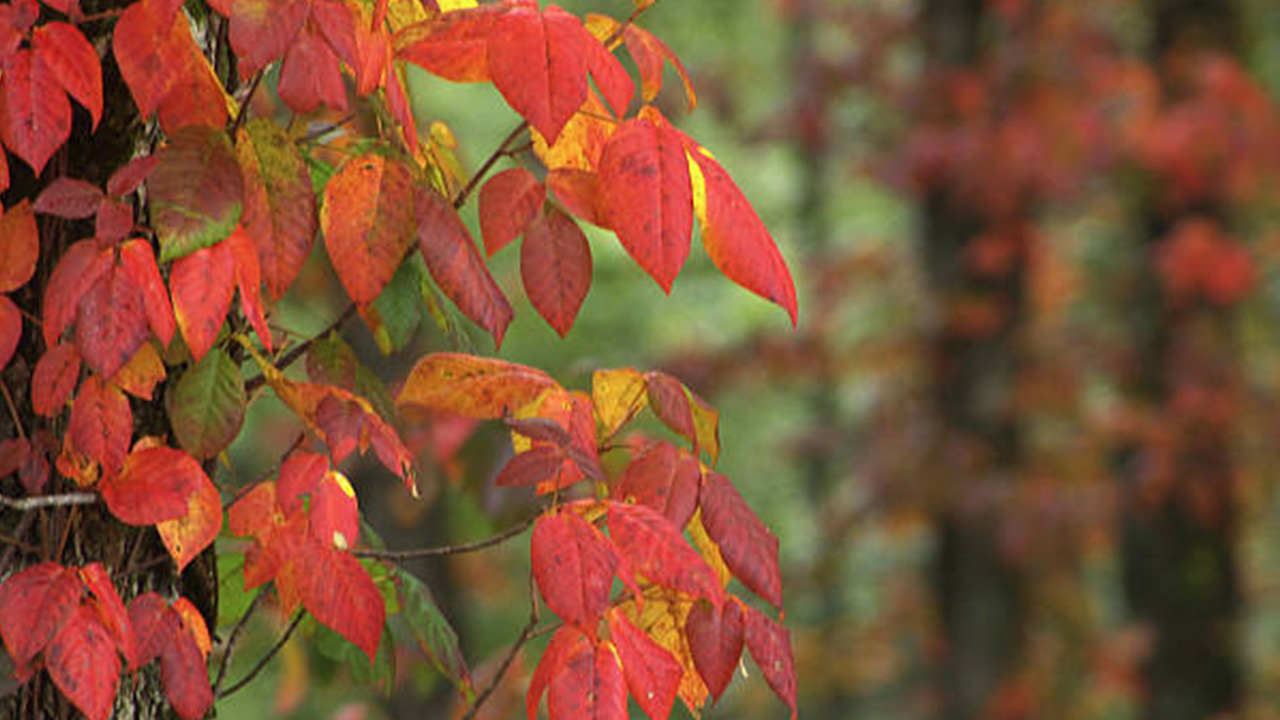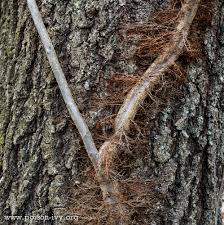Poison Ivy
It is summer time, the concrete jungle is hot and nature is calling your name. You hop in the car and take trip, maybe to the Fells or perhaps even the Mohawk Trail. You’ve got your trail shoes, a camel pack and you’re ready to immerse yourself in the greenery. You go traipsing through the roughage and have a grand old time. Home and tired after a long day you start to feel an itch, then you notice red rash patches, maybe even some blisters. Hate to be the one to tell ya man, sounds like you have poison ivy.
Rash from poison ivy.
But you’re a city person! How were you to know?!
Here are a few key things about Poison Ivy-
-Poison ivy is a plant with three shiny green leaves as shown above and below.
-New growth in the springtime has a red hue and is very shiny. This is when the rash causing oil is most potent.
-Speaking of color, it also turns a brilliant red in the fall, though less shiny.
-All parts of a poison ivy plant--leaves, stem, fruits, and roots--produce an oil (urushiol) that can cause skin irritation in some (many) people.
-Poison ivy can grow as a single plant, a shrub, or a vine that grows up the side of trees (or a telephone pole).
-Rash causing poison ivy oil can be transferred to humans from your dog. So be mindful if your pup has been plowing through the underbrush!
This was basic, but at least now you know what to look for. Admittedly poison ivy is a pesky miserable little plant, but let’s end on a positive note:
-Poison ivy fights the good fight against erosion near the ocean and on riverbanks.
-Throughout the fairly barren winter, birds feed on poison ivy berries.
Poison Ivy in Spring, Summer, Fall and Winter.






